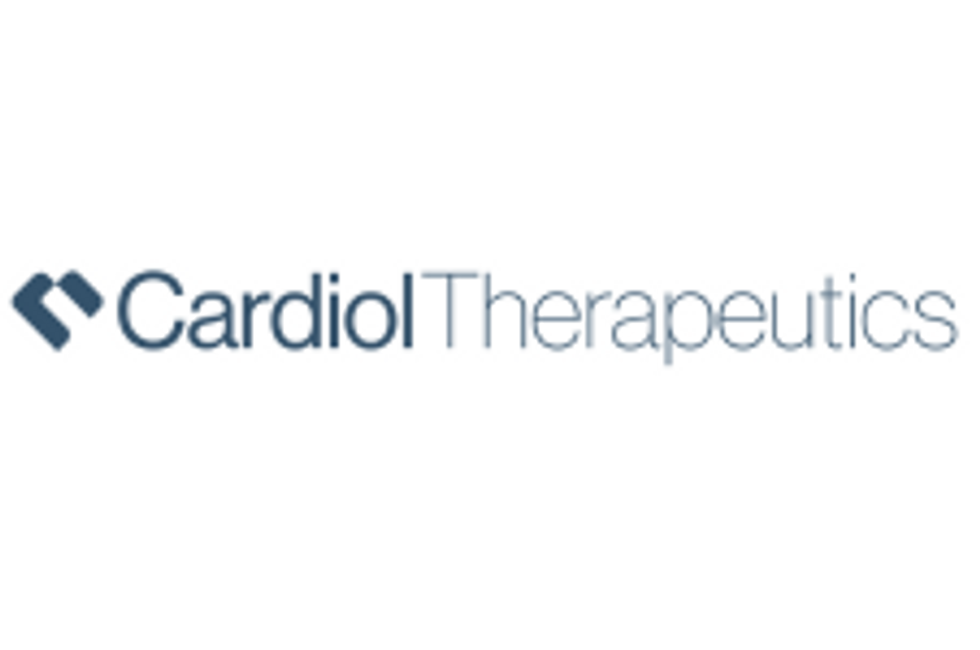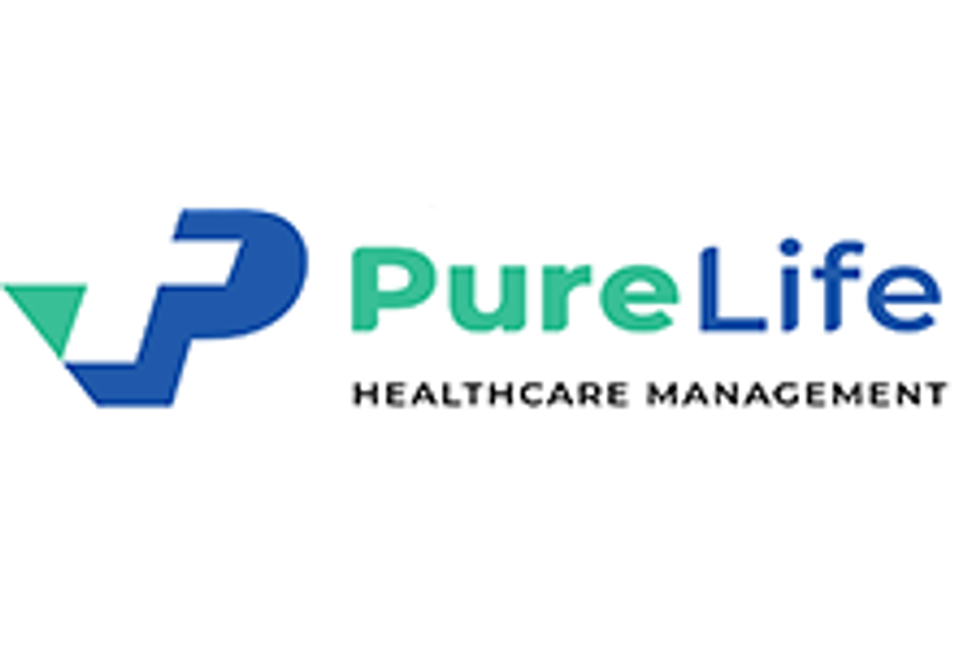- AustraliaNorth AmericaWorld
Investing News NetworkYour trusted source for investing success
- Lithium Outlook
- Oil and Gas Outlook
- Gold Outlook Report
- Uranium Outlook
- Rare Earths Outlook
- All Outlook Reports
- Top Generative AI Stocks
- Top EV Stocks
- Biggest AI Companies
- Biggest Blockchain Stocks
- Biggest Cryptocurrency-mining Stocks
- Biggest Cybersecurity Companies
- Biggest Robotics Companies
- Biggest Social Media Companies
- Biggest Technology ETFs
- Artificial Intellgience ETFs
- Robotics ETFs
- Canadian Cryptocurrency ETFs
- Artificial Intelligence Outlook
- EV Outlook
- Cleantech Outlook
- Crypto Outlook
- Tech Outlook
- All Market Outlook Reports
- Cannabis Weekly Round-Up
- Top Alzheimer's Treatment Stocks
- Top Biotech Stocks
- Top Plant-based Food Stocks
- Biggest Cannabis Stocks
- Biggest Pharma Stocks
- Longevity Stocks to Watch
- Psychedelics Stocks to Watch
- Top Cobalt Stocks
- Small Biotech ETFs to Watch
- Top Life Science ETFs
- Biggest Pharmaceutical ETFs
- Life Science Outlook
- Biotech Outlook
- Cannabis Outlook
- Pharma Outlook
- Psychedelics Outlook
- All Market Outlook Reports
EyeGate Pharmaceutical Company Stock Up Over 50 Percent

The pharmaceutical company’s share price skyrocketed after the release of interim data for its macular edema treatment EGP-437.
EyeGate Pharmaceuticals (NASDAQ:EYEG) was one of the most volatile pharmaceutical stocks on Thursday, seeing a 56.7-percent increase in share price.
The company’s share price skyrocketed from $2.63 at market close on Wednesday to reach a high of $5 on Thursday morning. At close of day Thursday, shares of the clinical-stage pharmaceutical company were changing hands at $4.11.
Company pipeline
As its name suggests, EyeGate develops and commercializes therapeutics and drug delivery systems for eye diseases. In particular, it’s focused on addressing two of the most pressing problems in ophthalmic care: the lack of patient adherence and safety.
Currently, the company’s first product, EGP-437, is in clinical trials. EGP-437 functions by incorporating reformulated topically corticosteroid dexamethasone phosphate into ocular tissues using the EyeGate II Delivery System, EyeGate’s proprietary drug delivery system. EyeGate is also looking into the possibility of using the EyeGate II Delivery System to provide a non-invasive solution for treating other retinal diseases, such age-related macular degeneration.
Pharmaceutical company stock skyrockets
The Thursday spike in EyeGate’s share price followed an announcement that interim data for the company’s clinical trial of EGP-437 is now available. The company is currently operating a Phase 1b/2a multi-center, open-label trial concerning the effects of iontophoretic delivery of its EGP-437 ophthalmic solution on patients with macular edema.
The trial is intended to evaluate the safety and efficacy of iontophoretic EGP-437 in patients suffering from macular edema. Currently, the trial has 19 patients enrolled. These patients received three treatments of 14.0 mA-min (3.5mA) on day zero, day four and day nine of the trial. The success of these treatments was measured by the reduction in mean central subfield thickness after being administered the pharmaceutical.
The trial’s primary investigator was Dr. Jeffrey Heier, director of vitreoretinal service and retina research at Ophthalmic Consultants in Boston. He commented, “[o]verall, the interim data from this pilot trial suggests that iontophoresis can non-invasively deliver EGP-437 to the back of the eye. The non-invasive delivery of EGP-437 has demonstrated a positive response in some patients with macular edema. We believe that this data is encouraging, and warrants an extension to the trial to continue to work on the ideal dose and dosing regimen for the iontophoretic delivery of EGP-437.”
Future steps
Overall, the results of this study are promising. A positive response was witnessed in some patients, and there appear to be no serious adverse effects. Indeed, EyeGate’s president and CEO commented, “[t]he interim results of the trial are highly promising and suggest the ability of the EyeGate® II Delivery System to deliver drug to the posterior segment of the eye, which could present important new opportunities for our iontophoretic technology and drug formulations in additional disease indications. We look forward to additional data from the extension of this trial, which we expect in mid-2016.”
For the trial’s extension, EyeGate will recruit an additional 15 patients who will be subject to a modified dosing regimen — this time, patients will take dosages three days in a row, as it was observed that macular edema returns when the drug has cleared from the tissue. The company hopes that this shortcoming will be overcome by producing a cumulative effect. Furthermore, this new phase of the trial will evaluate the efficacy of iontophoretic EGP-437 in phakic versus pseudophakic eyes. This testing is set to begin before the year is out.
Securities Disclosure: I, Morag McGreevey, hold no direct investment interest in any company mentioned in this article.
Outlook Reports
Featured Pharmaceutical Investing Stocks
Browse Companies
MARKETS
COMMODITIES
| Commodities | |||
|---|---|---|---|
| Gold | 2375.93 | +40.83 | |
| Silver | 28.46 | +0.56 | |
| Copper | 4.26 | 0.00 | |
| Oil | 85.50 | -0.09 | |
| Heating Oil | 2.67 | +0.01 | |
| Natural Gas | 1.76 | 0.00 | |
Investing News Network websites or approved third-party tools use cookies. Please refer to the cookie policy for collected data, privacy and GDPR compliance. By continuing to browse the site, you agree to our use of cookies.


